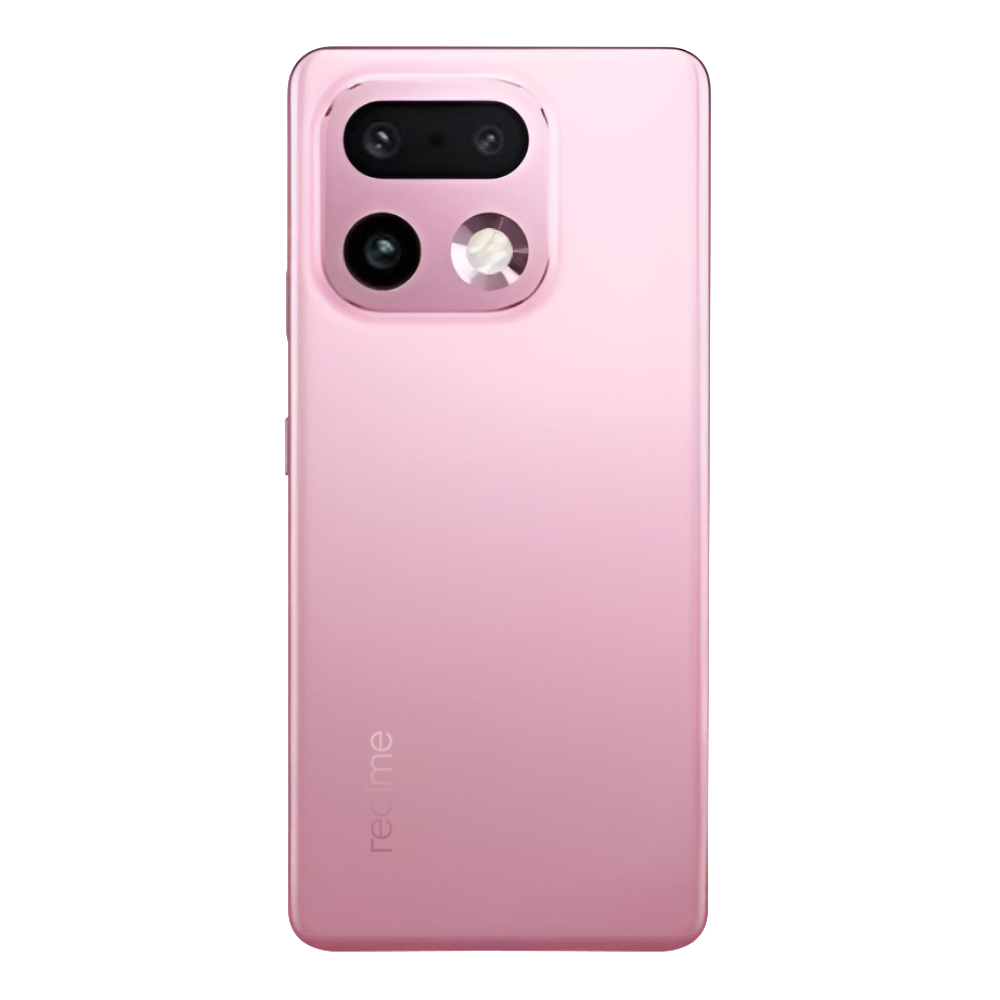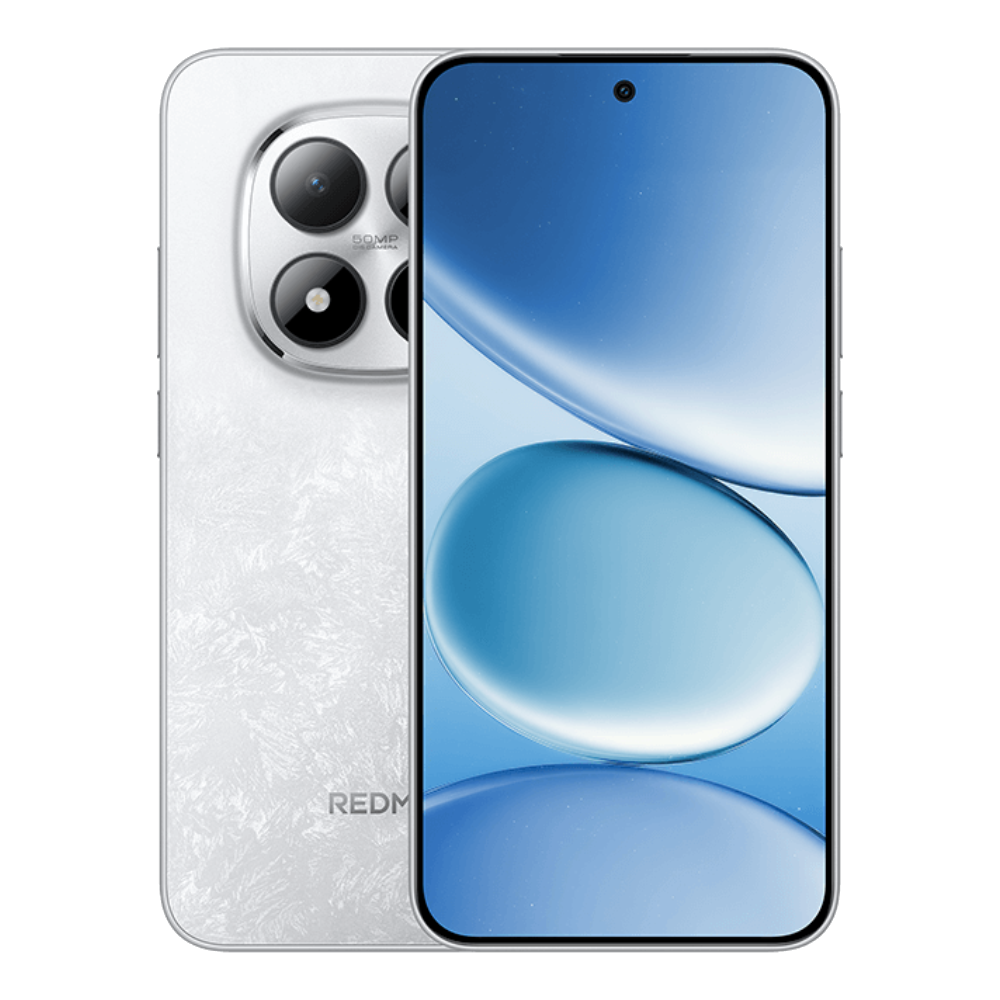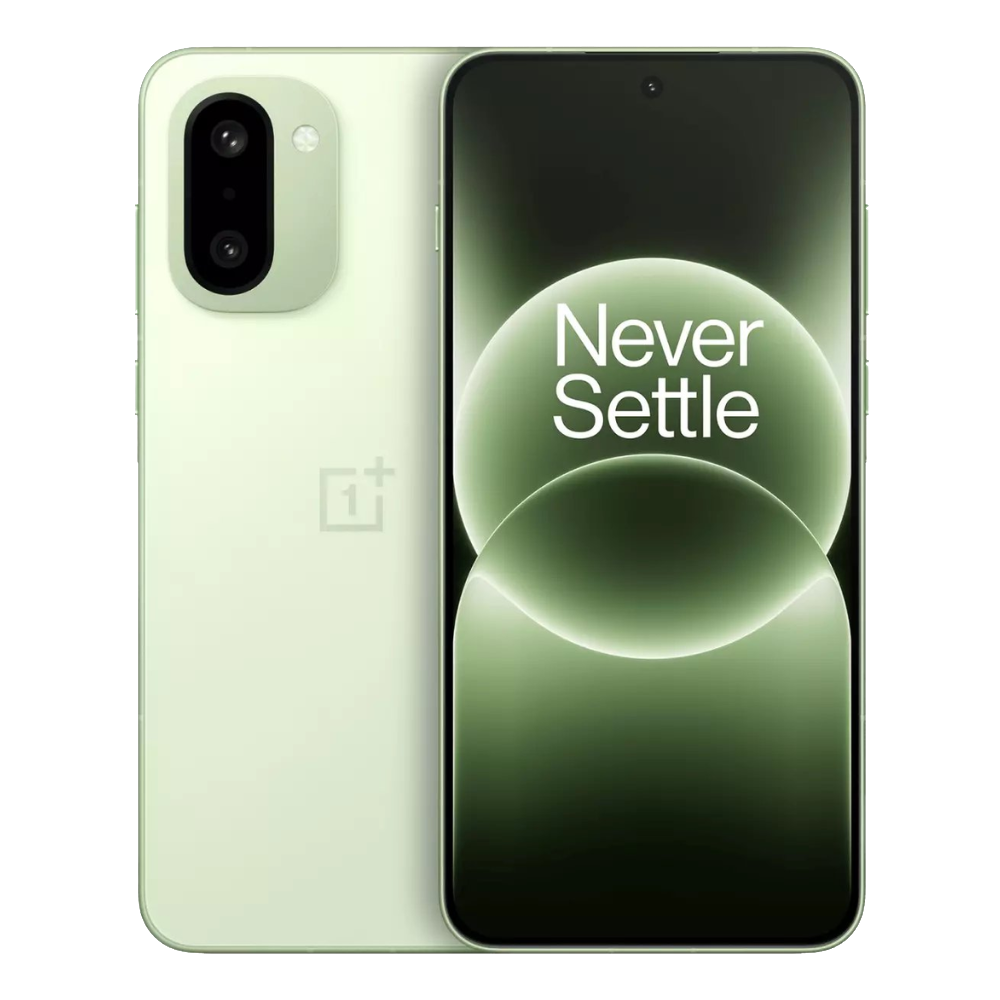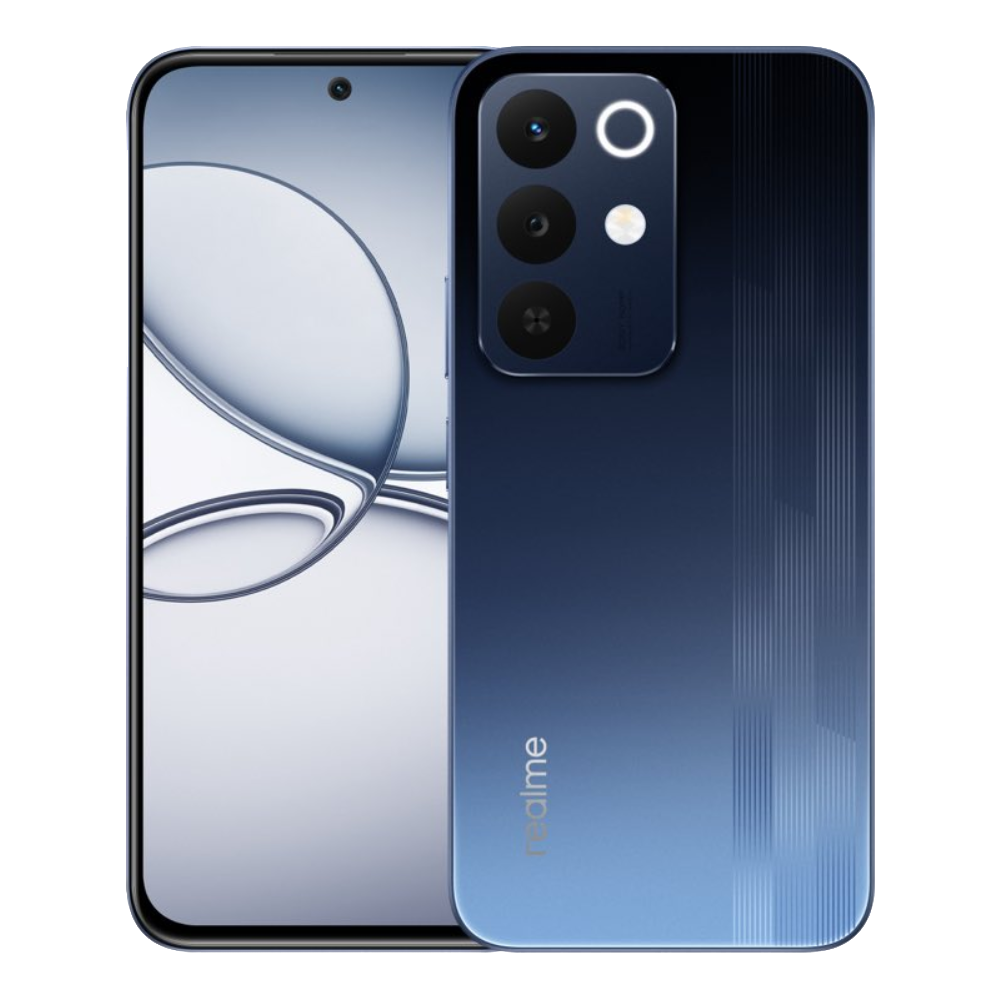Apple announced the iPhone 17 series today, and we have a new model in the mix – the iPhone Air. It is Apple's slimmest iPhone yet, coming in at just around 5.6 mm. To achieve this thin form factor, the iPhone Air takes up a different design formula, trading away some features from the standard iPhone 17. This guide will thus help you make up your mind on whether you should choose the iPhone Air over the iPhone 17.
How thin is the iPhone Air?
Starting with what's one of the defining differences between the two iPhones, the slimness. The iPhone Air is slimmer at 5.6 mm in contrast to the iPhone 17, which is 7.8 mm thick. Besides, the display on the iPhone Air is bigger at 6.5 inches than the iPhone 17 at 6.1 inches.
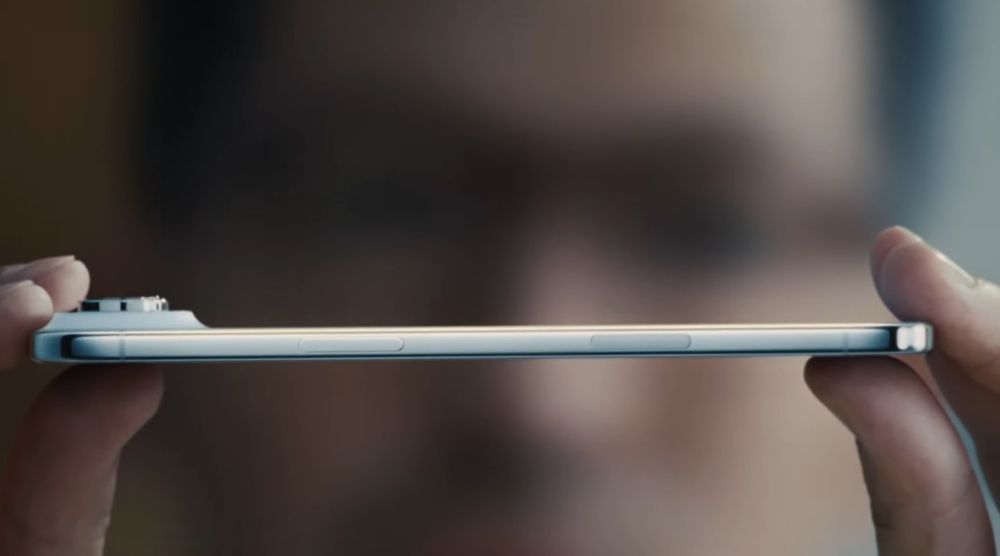
The Air is also much lighter at 165 grams in contrast to the iPhone 17's 177 grams. The Air is the only device in the lineup to feature a Titanium build. Apple has moved to using aluminium on Pro models.
The design of both devices is different from the back, where the iPhone Air now features a horizontal camera bar with a single primary camera. iPhone 17's design remains largely unchanged from the iPhone 16, with the same vertical camera island with dual rear cameras and an LED flash. The camera bar on the iPhone Air has the same hollow effect as old iPhone camera bars.
The iPhone Air arrives in four colours – Black, White, Soft Gold and Blue, whereas the iPhone 17 comes in Green, Blue, Pink, White and Black. The backs of both devices are rather clean.
iPhone Air gets the A19 "Pro"
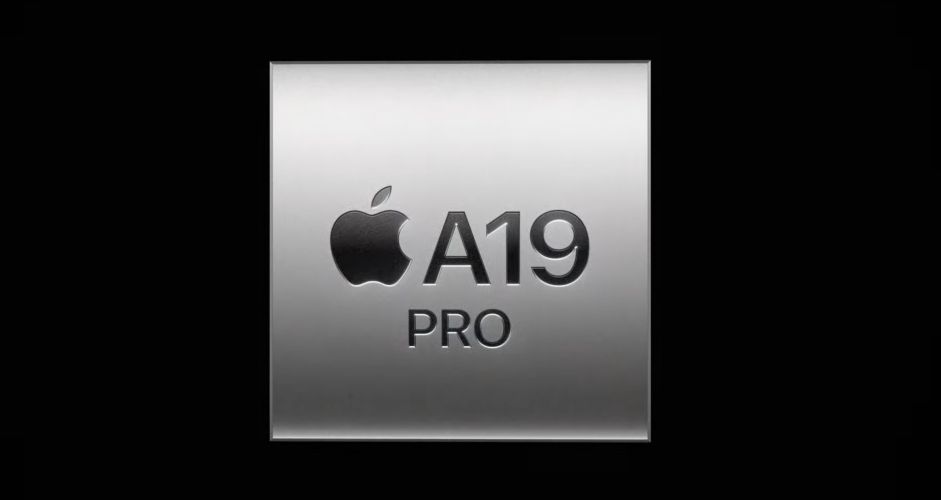
Unlike the standard iPhone 17, the Air ships with A19 Pro. However, it's not the same configuration as the same chipset used in the iPhone 17 Pro. The A19 Pro in the iPhone Air has a 5-core GPU compared to the 6-core unit on the 17 Pro. The iPhone 17, on the other hand, gets the A19, which scores slightly lower than the A19 Pro.
The Air lacks an Ultrawide camera
Here's where the differences really start to show, and to some extent convince you about which iPhone is a better buy. The iPhone Air gets a single 48 MP wide rear camera with OIS. The iPhone 17 gets the same primary camera but with an additional 48 MP ultrawide f/2.2 snapper. Both models feature an improved 18 MP front camera.
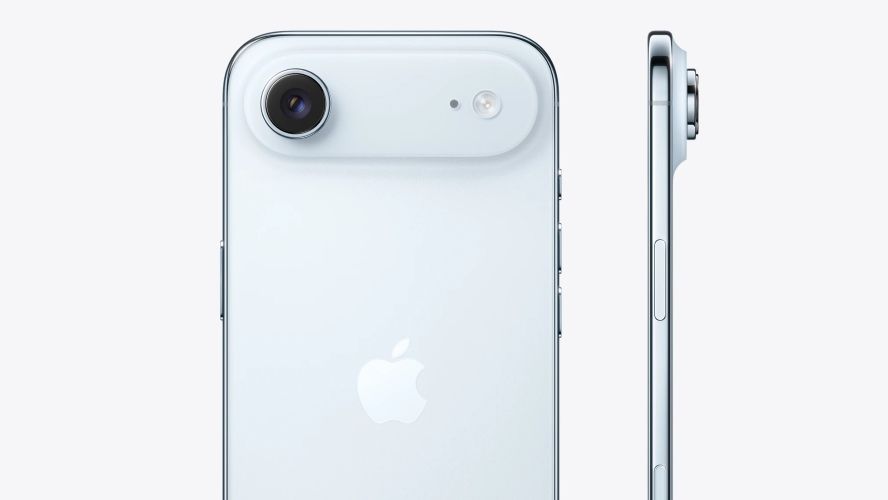
The absence of an ultrawide or any secondary camera is pretty much due to a thinner form factor. It's one of the areas where you cannot defy physics, and therefore, the iPhone 17 has a more versatile camera setup to shoot with, thanks to its ultrawide capabilities.
iPhone Air has a smaller battery
Due to the slimmer form factor, the iPhone Air is rated to last for 27 hours of video playback on a single charge, whereas the iPhone 17 is rated for 30 hours. The latter should obviously last longer, and while it's pretty much given that the iPhone Air battery won't be on par with modern flagships or even devices in its own series, it should be interesting to see how it fares in real-world usage.
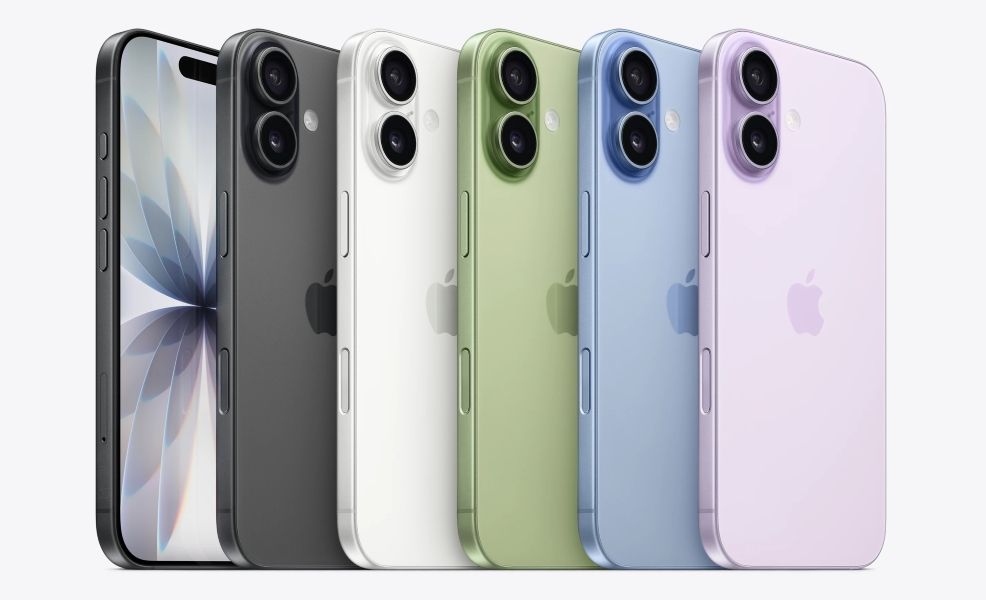
Despite boasting a larger battery, the iPhone Air charges more slowly at a rate of 50% in 30 minutes compared to 50% in 20 minutes on the iPhone 17.
Should you consider the iPhone Air over iPhone 17?
It's quite clear that the iPhone 17 and the iPhone Air are meant for different types of consumers, but before we delve into more, here are all the specifications of both devices.
Specifications | iPhone Air | iPhone 17 |
Display | 6.5-inch Super Retina XDR OLED with 120 Hz refresh rate and 3,000 nits peak brightness | 6.3-inch Super Retina XDR OLED with 120 Hz refresh rate and 3,000 nits peak brightness |
Processor | Apple A19 Pro | Apple A19 |
Battery | 27 hours on a single charge | 20W wired with Qi2.2 wireless charging | 30 hours on a single charge | 25W wired Qi2.2 wireless charging |
Storage and RAM | 12 GB + 256 GB and 12 GB + 512 GB NVMe, LPDDR5X | 8 GB + 256 GB and 8 GB + 512 GB NVMe, LPDDR5X9 |
Connectivity | Wi-Fi 7, Bluetooth 5.4, USB 2.0 Type-C | Wi-Fi 7, Bluetooth 5.4, USB 2.0 Type-C |
Software | iOS 26 | iOS 26 |
Colours | White, Black, Soft Gold and Blue | White, Black, Pink, Green and Blue |
Price | Rs 1,19,900 | Rs 82,900 |
Unlike choosing between the iPhone 17 Pro and iPhone 16 Pro, the choice of device will be more obvious here. The iPhone Air is a slim and minimal device made for those who want slimness over everything. On the other hand, the iPhone 17 is your more practical offering with an extra camera, larger battery and a compact display size.
Therefore, the decision really boils down to what you want from a device. Is it worth considering the iPhone Air just for its sheer slimness while paying more than the standard iPhone 17? We disagree and pick the iPhone 17 instead.


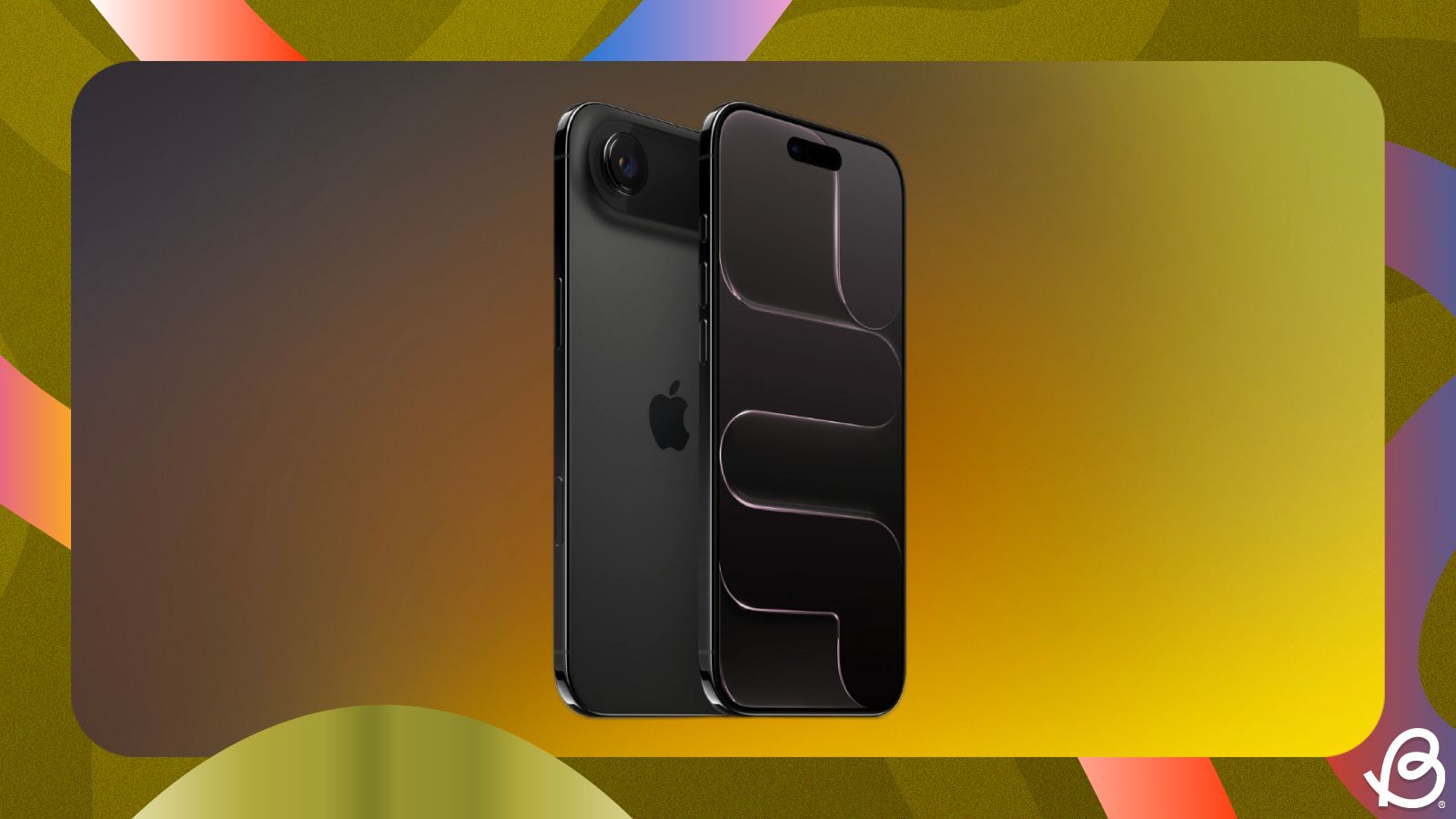
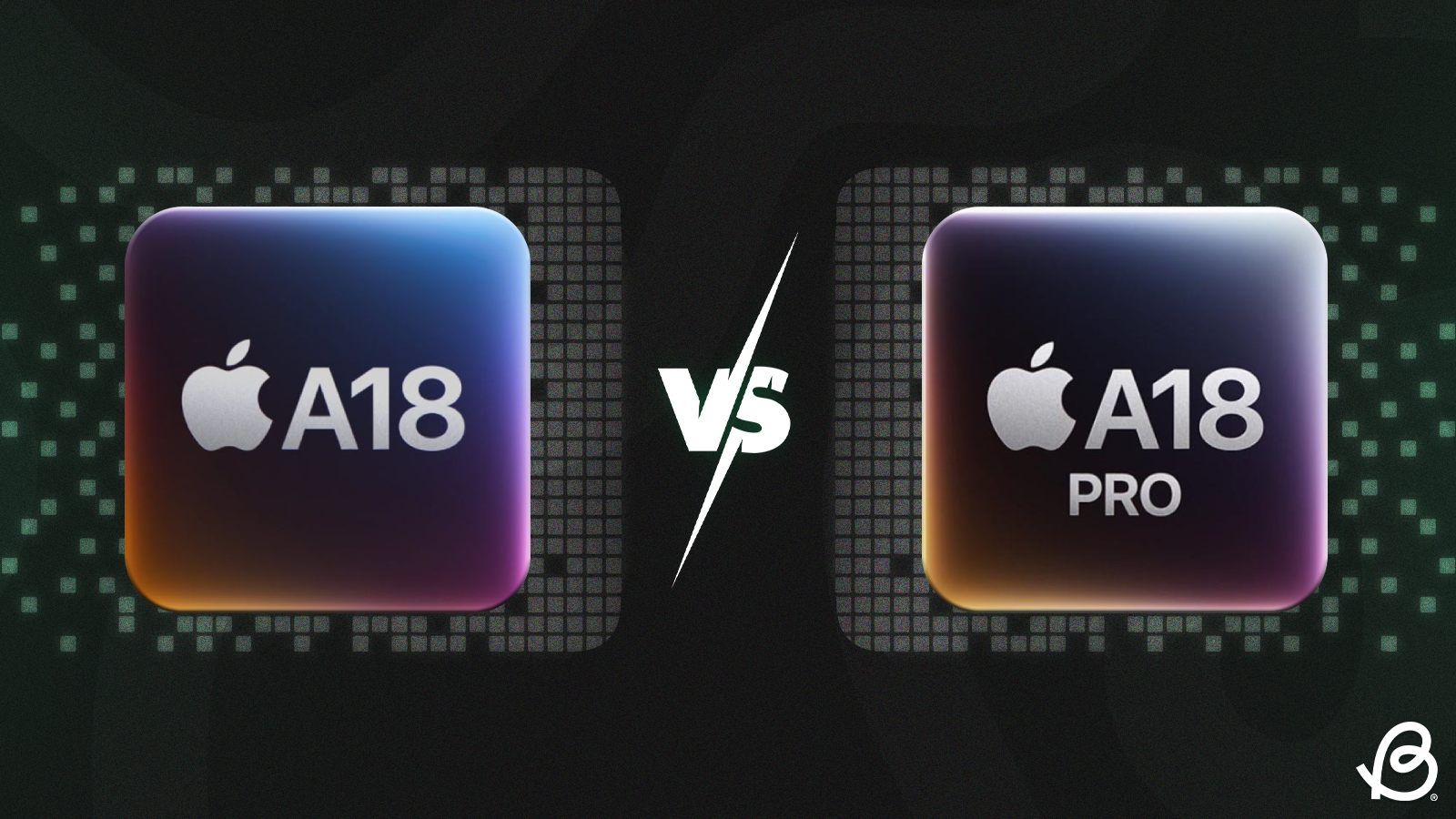
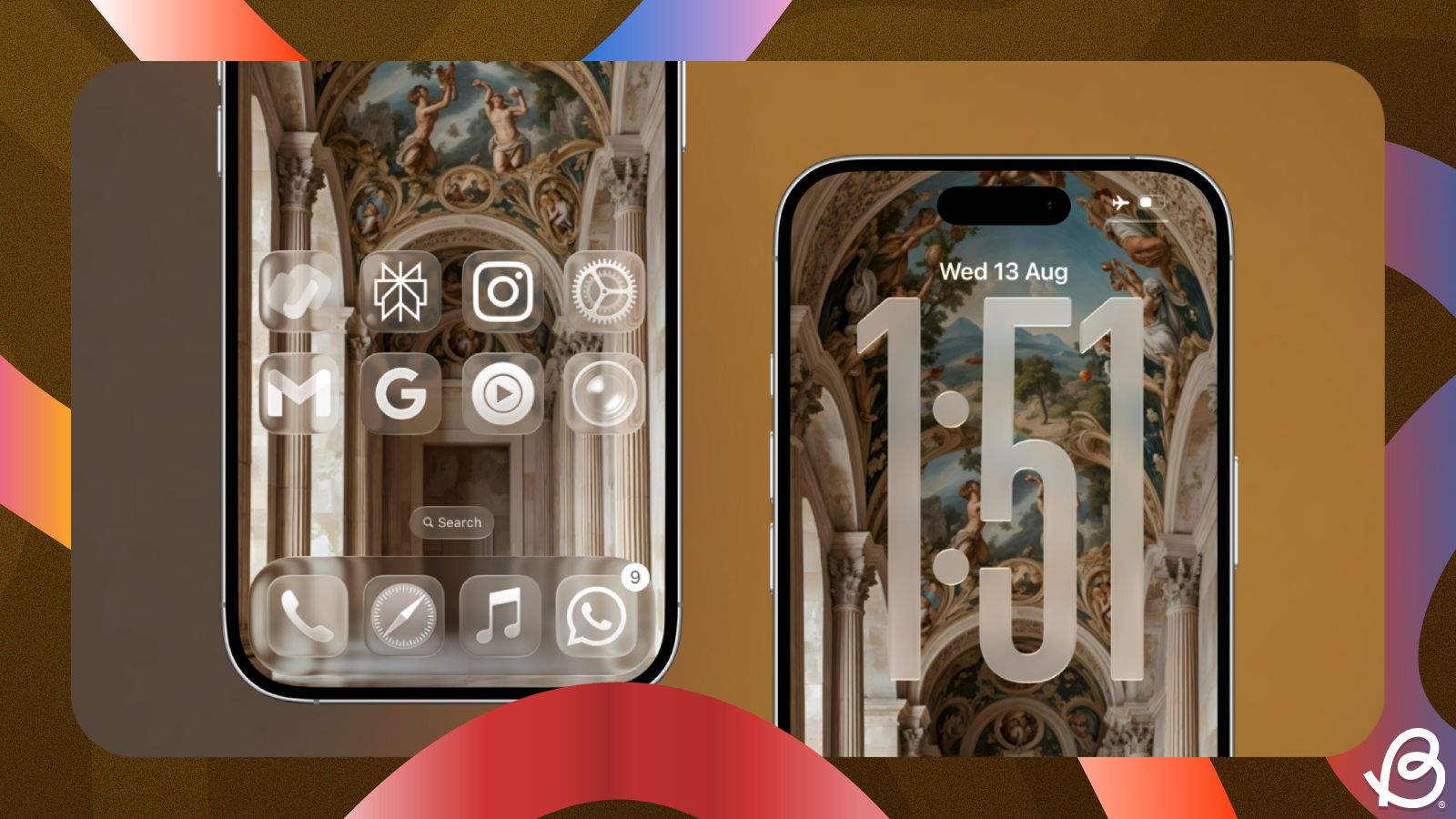
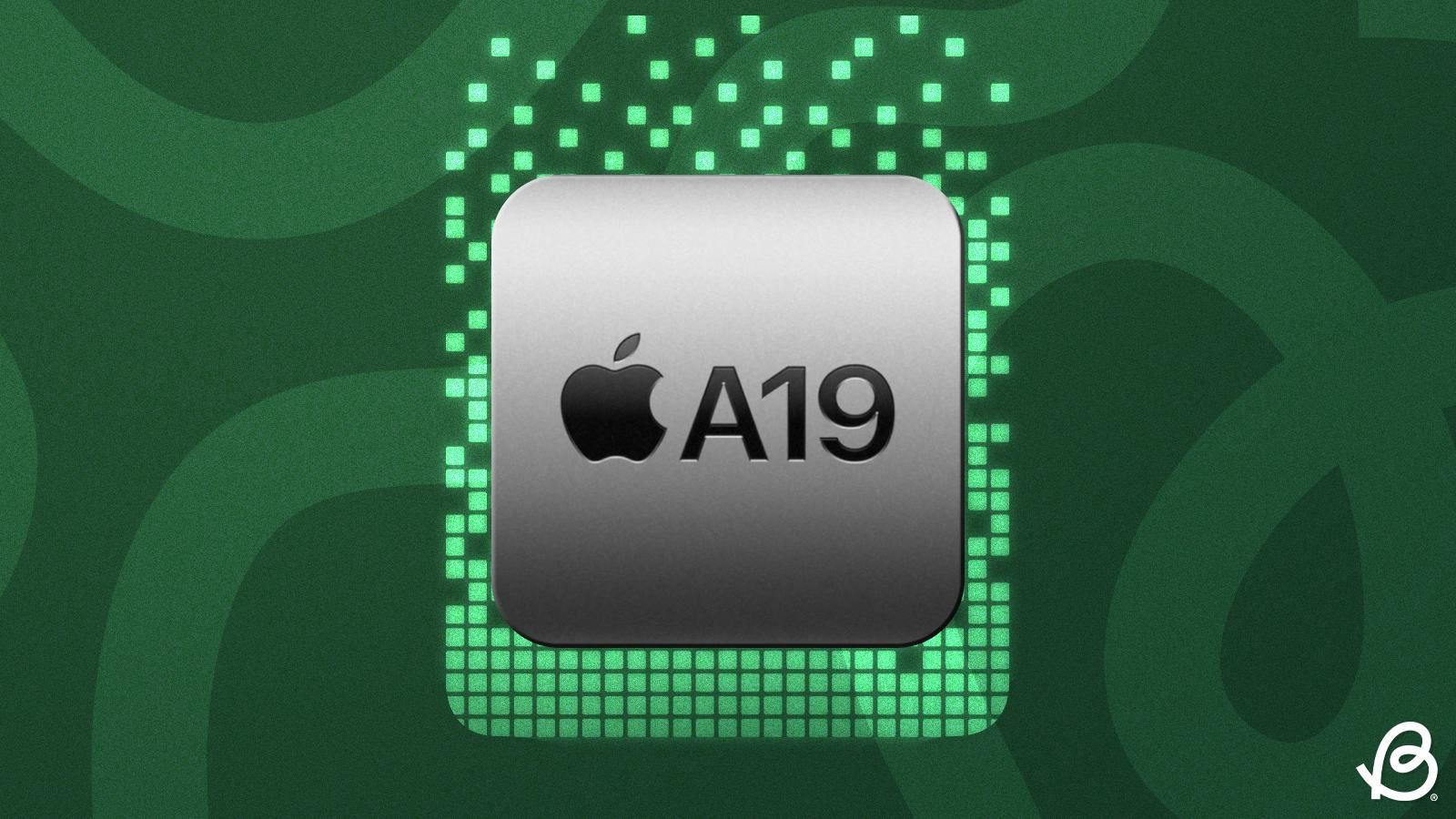
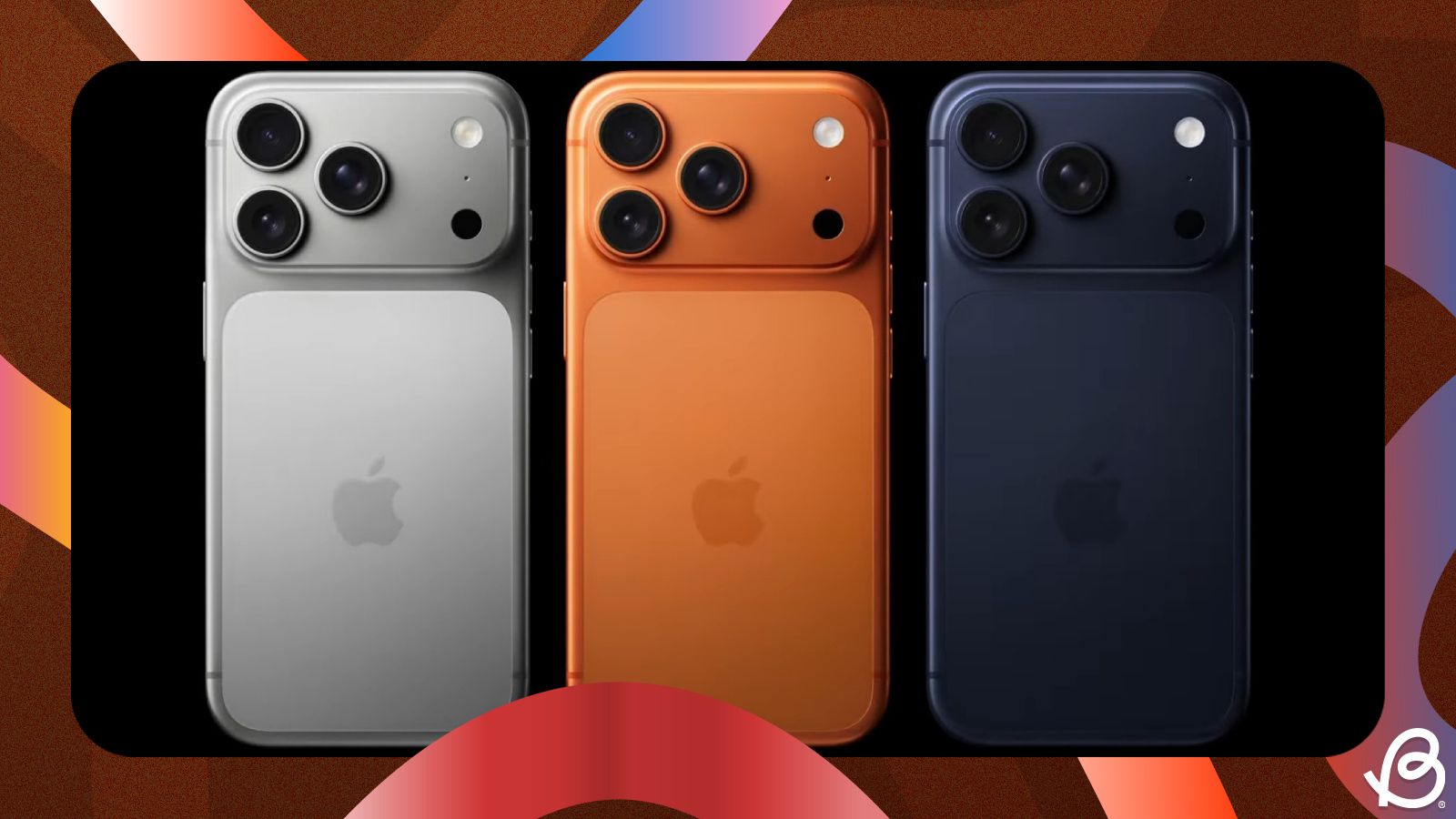
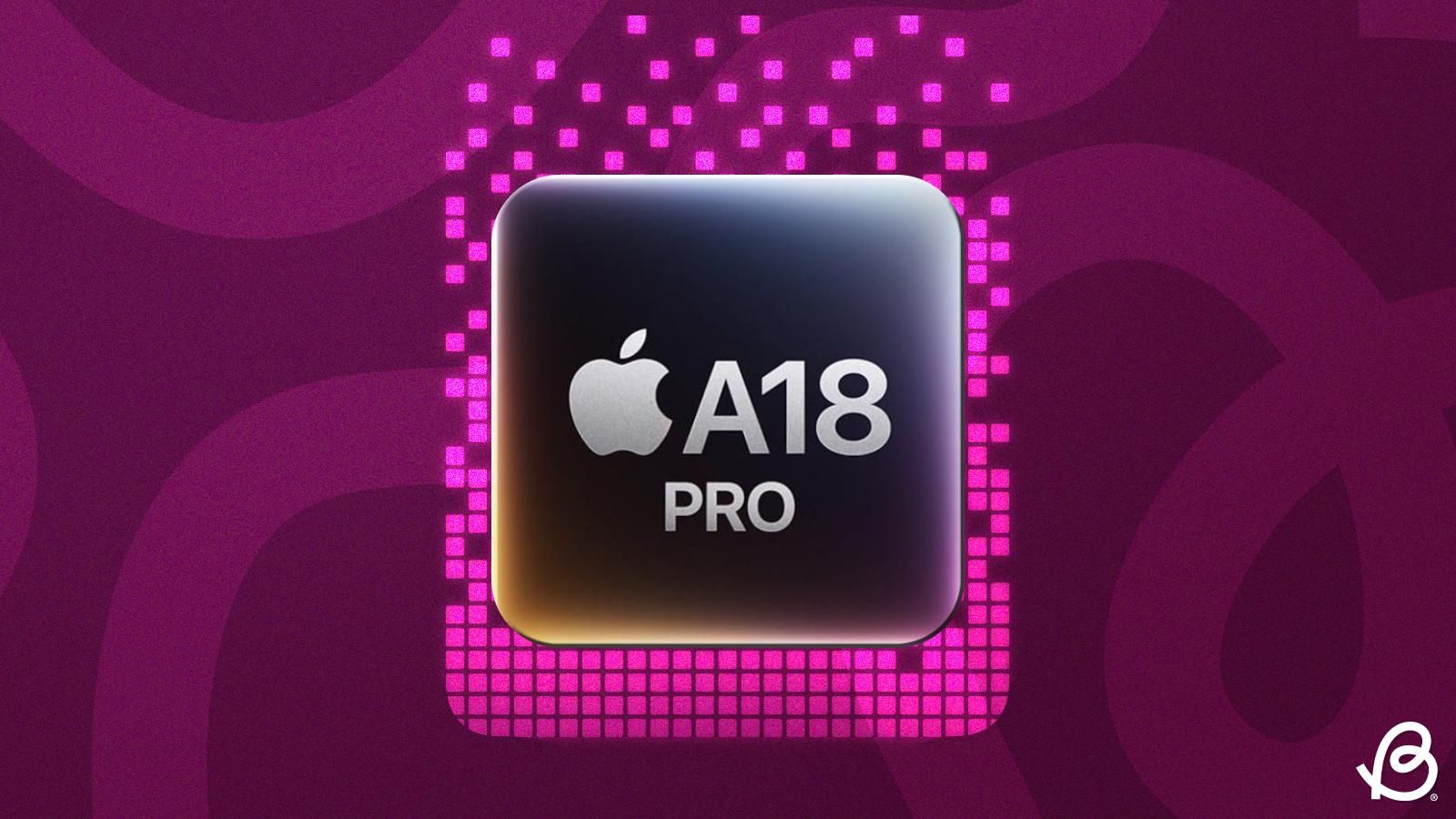
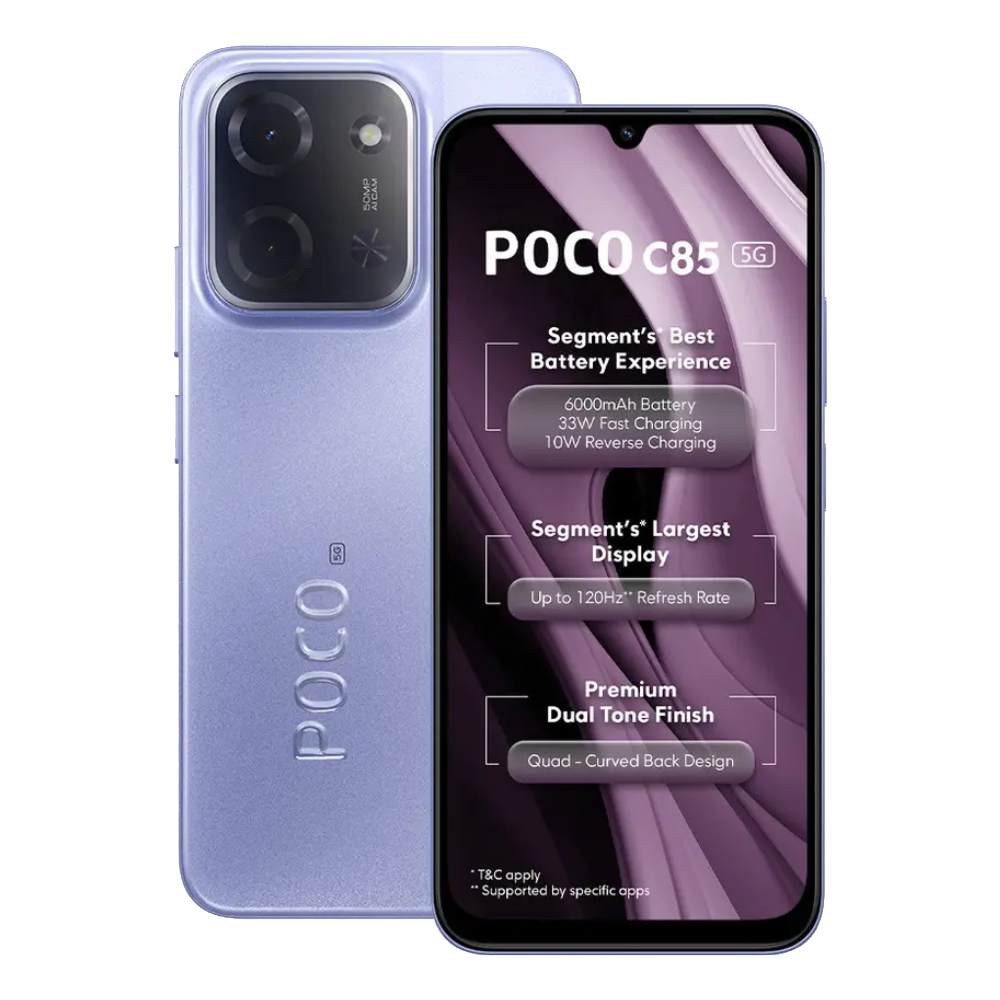

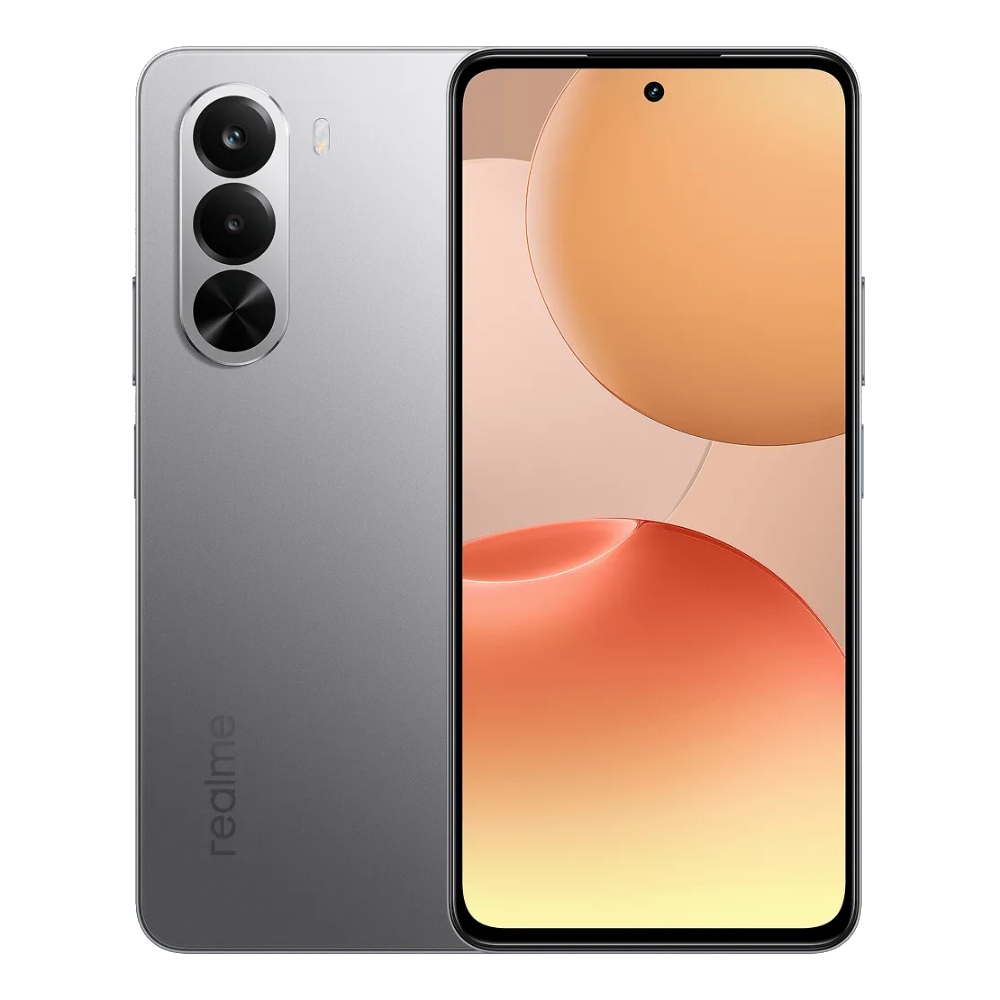
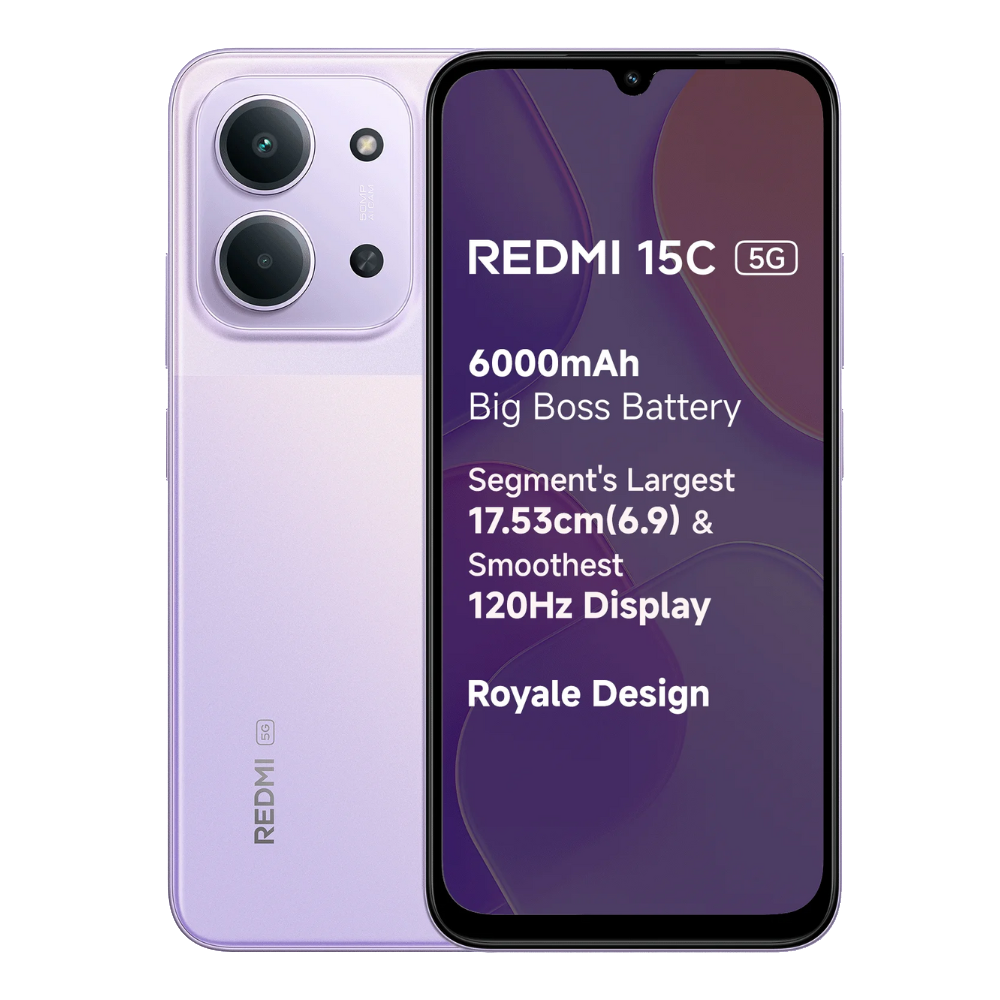
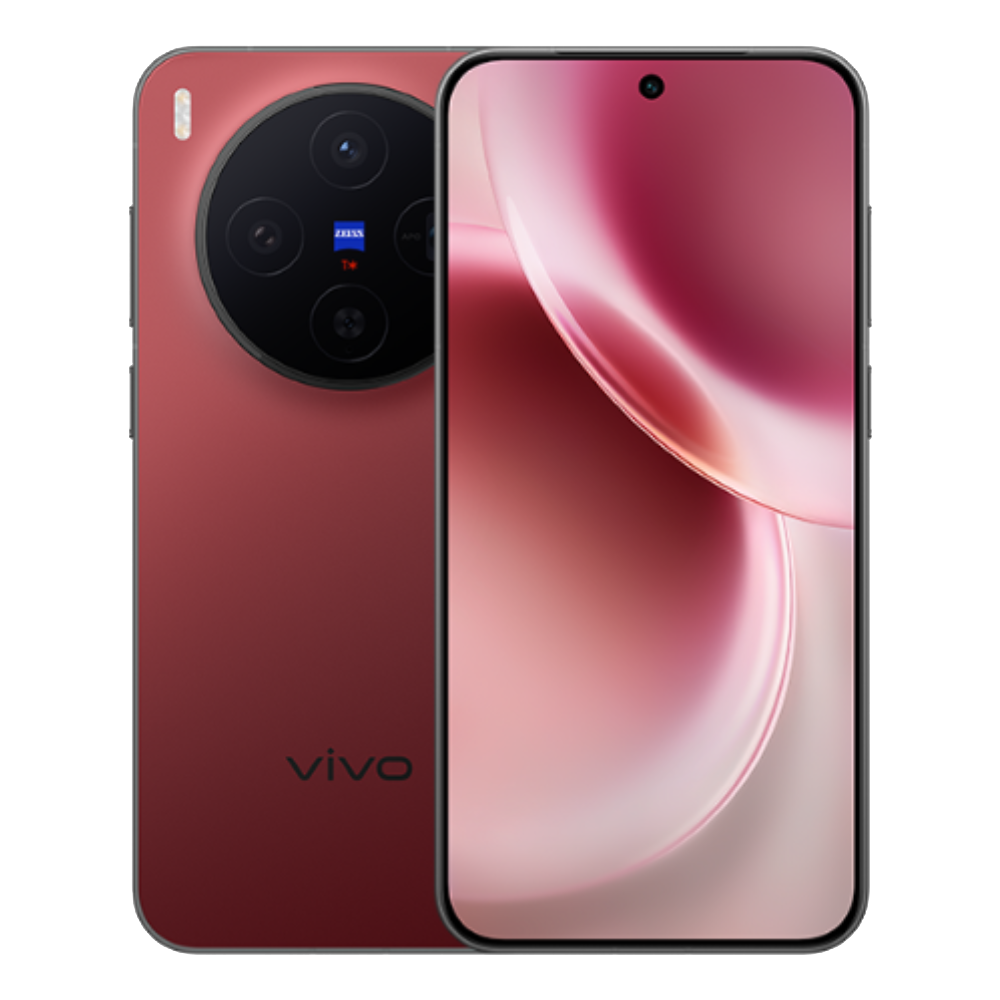
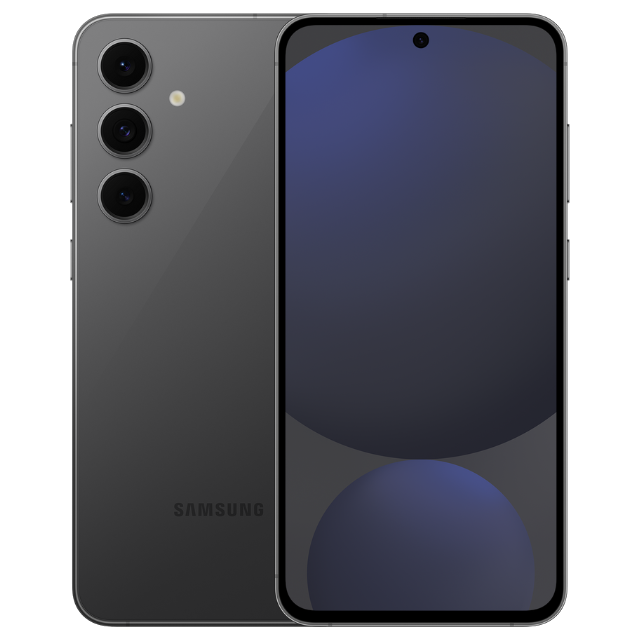
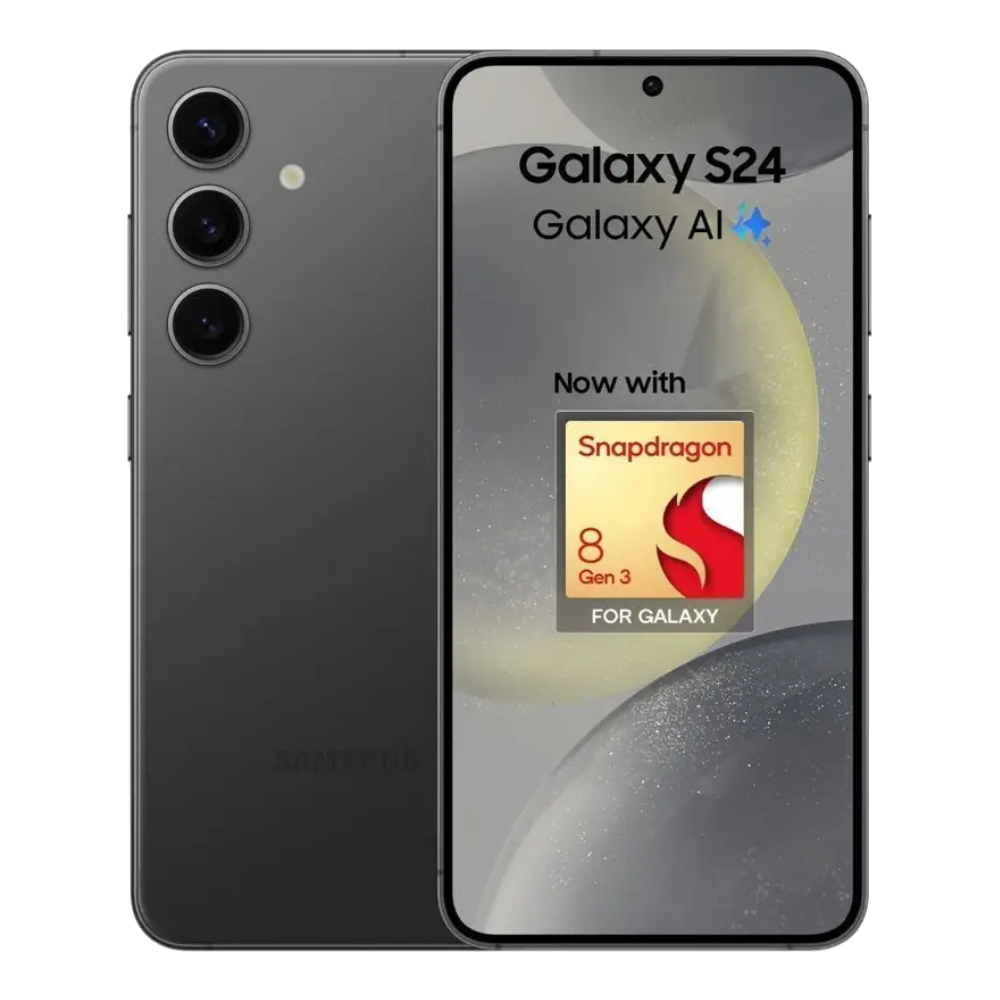
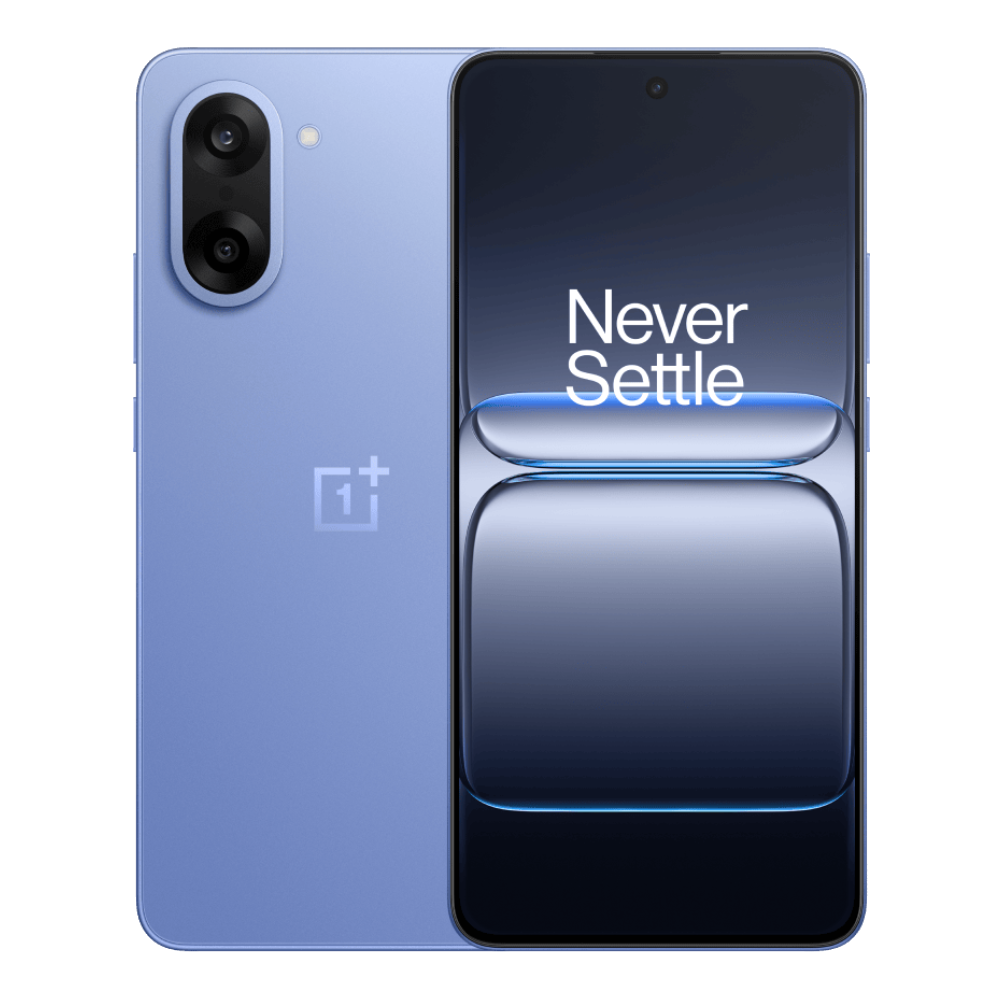
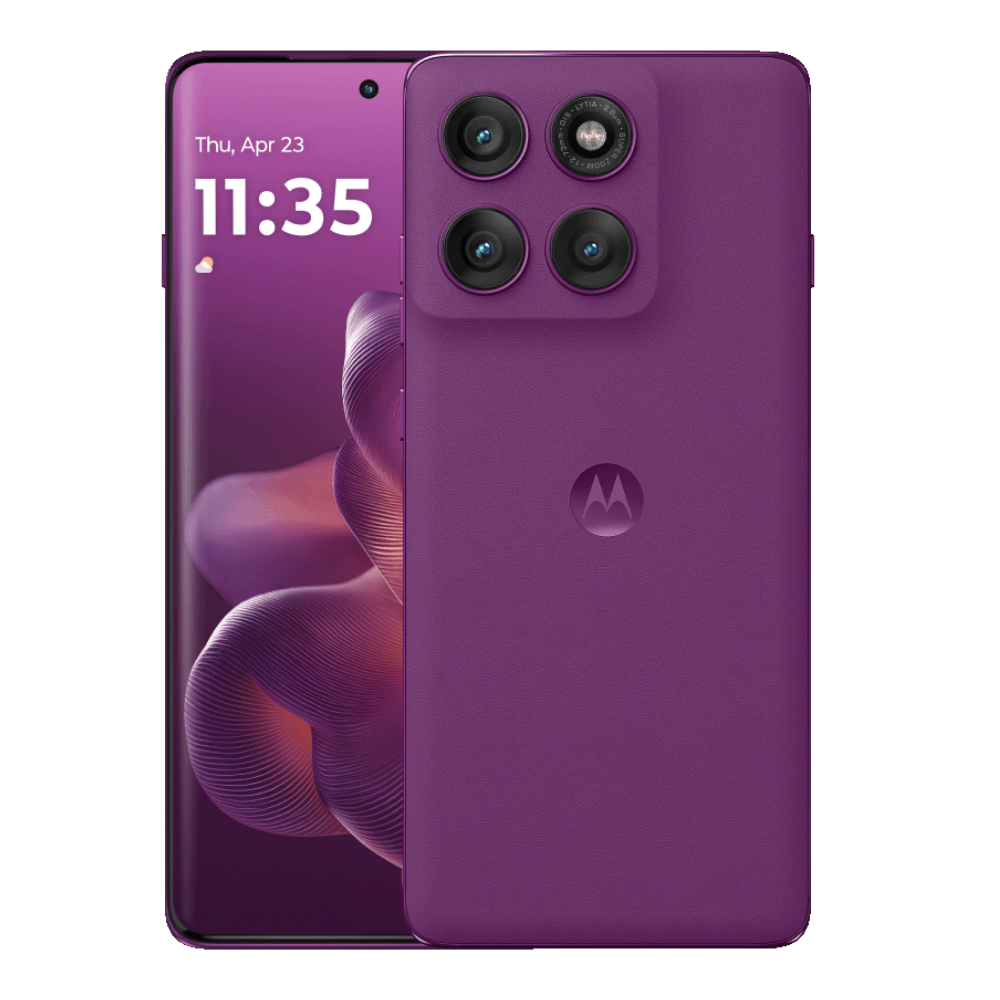
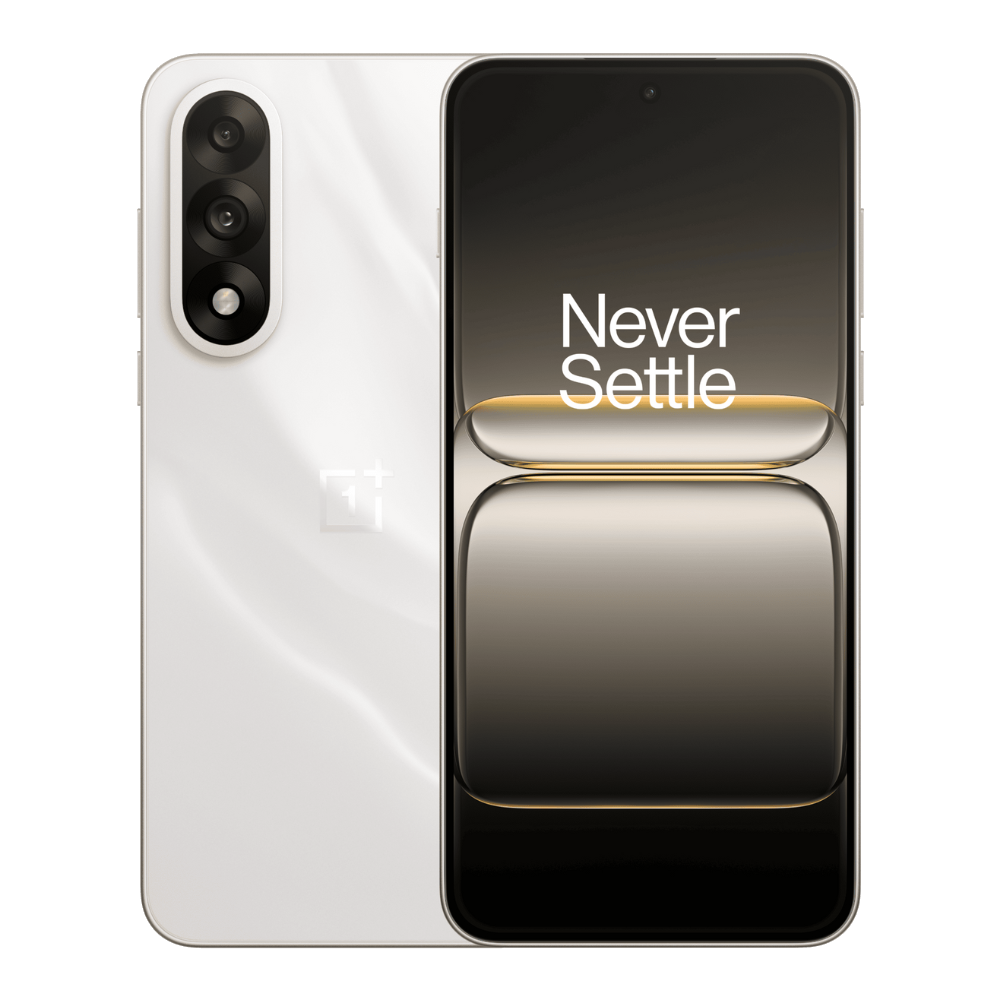
.png)
